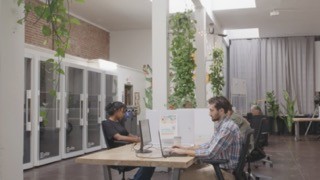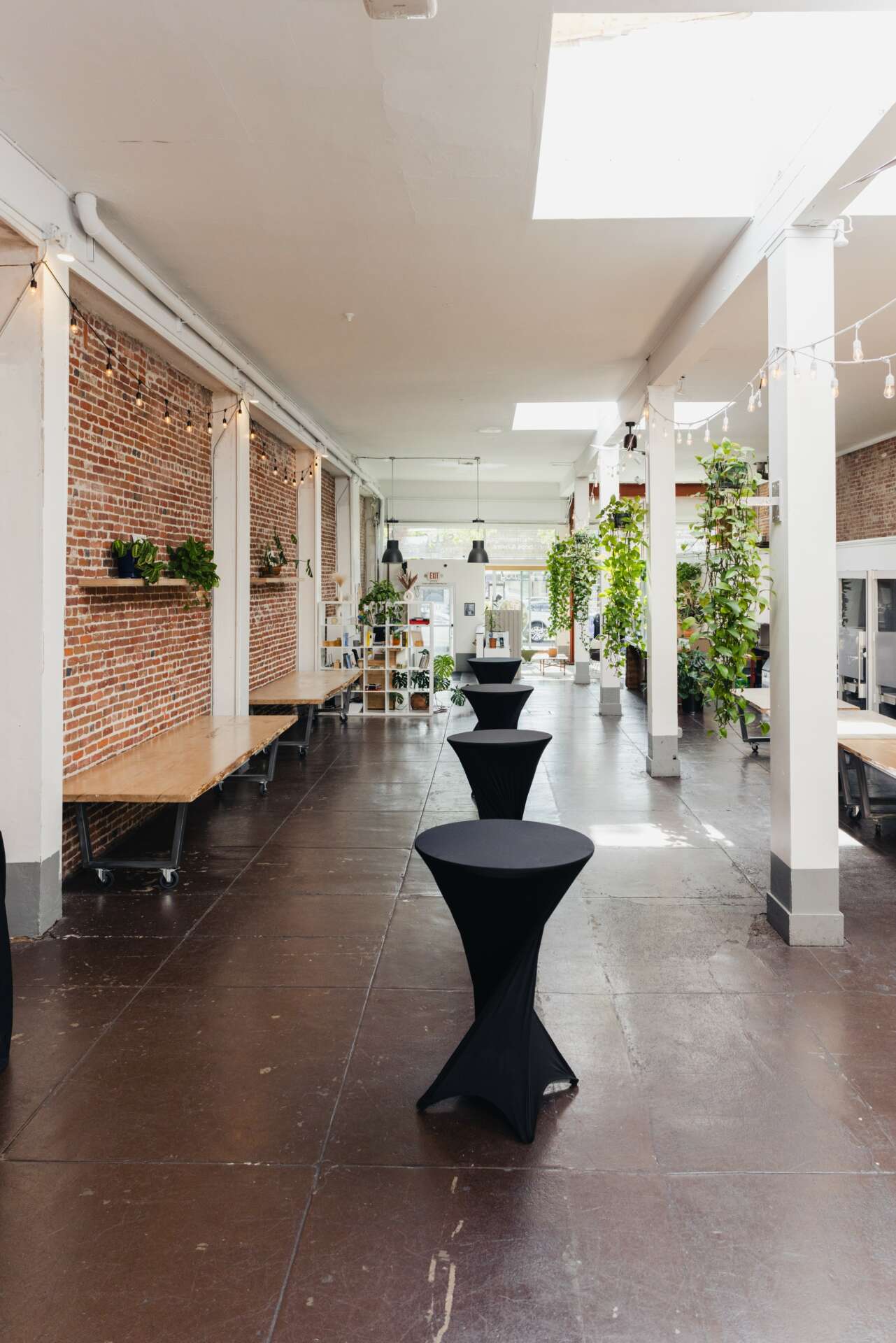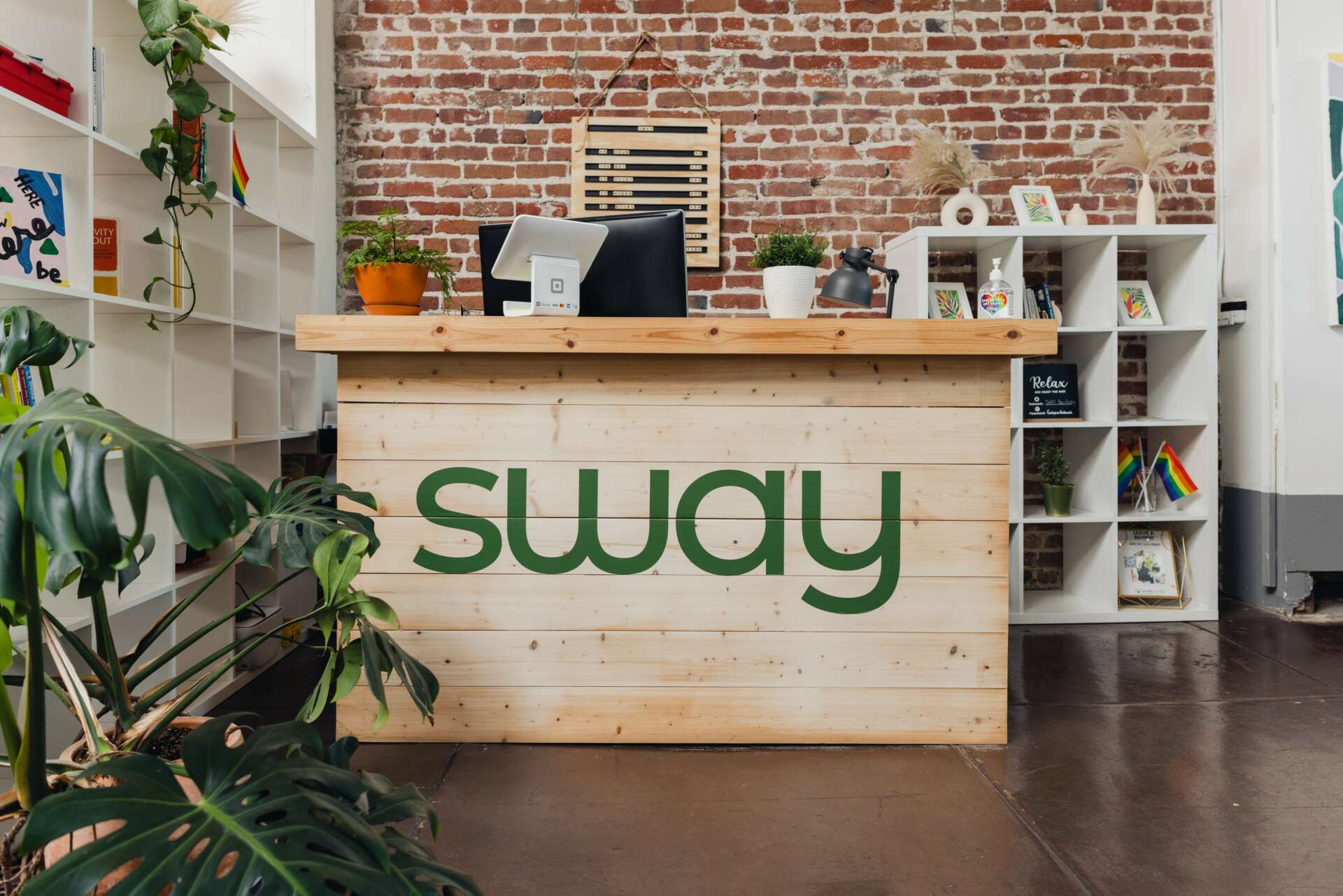We recently connected with Adam Goldstein and have shared our conversation below.
Adam, thanks for taking the time to share your stories with us today Coming up with the idea is so exciting, but then comes the hard part – executing. Too often the media ignores the execution part and goes from idea to success, skipping over the nitty, gritty details of executing in the early days. We think that’s a disservice both to the entrepreneurs who built something amazing as well as the public who isn’t getting a realistic picture of what it takes to succeed. So, we’d really appreciate if you could open up about your execution story – how did you go from idea to execution?
The genesis of Sway dates back to my time in graduate school, where I often found myself working on projects at local coffee shops. These spaces left much to be desired in terms of focus and productivity. Despite the pleasant hum of people chatting, ordering coffee, and engaging in lively exchanges, the environment wasn’t conducive to a proper workday. This realization sparked the idea for a coffee shop-type workspace that could offer a more productive setting.
At that time, I had graduated with a degree in Finance and Real Estate, with a minor in Entrepreneurship. I was particularly interested in the intersection of technology and real estate. My career journey began at Ernst & Young where I worked with large real estate investment trusts, and interacted closely with high-level executives, deepening my understanding of the real estate landscape.
Yearning for a more ground-level experience, I joined Managed by Q, where I learned how to construct workspaces for tech companies across New York and around the country. Here, I worked directly with founders, CEOs, and Heads of People to create spaces that resonated with their teams. However, following a fallout with WeWork, the subsequent buyer of Managed by Q, I found myself moving on after six months.
My next venture was at a startup called Branch, an office furniture company, where I was the first operations employee. This experience gave me a firsthand understanding of building a startup and catering to a variety of clients’ needs in outfitting workspaces.
The pandemic, as challenging as it was, gave me an unexpected opportunity. During Thanksgiving at my mom’s house, I revisited my idea of a local, coffee-shop-like workspace that offered all the amenities of a coworking space. I foresaw a post-pandemic world where people would need dedicated and focused workspaces near home. While still at Branch, I started to develop a business plan, talked to industry professionals and potential customers, and comprehended the market’s opportunities and pain points.
By June 2021, I relocated to California and identified an opportunity to open a prototype workspace in my local neighborhood. The workspace, initially named WorkBistro, started gaining traction and attracting initial customers. As the grip of Covid began to loosen, we started hosting more private events in addition to our usual coworking, opening my eyes to the potential of optimizing the space for various uses.
The grand opening of our flagship location in September 2022 marked a turning point for the company. We began hosting about ten private events a month, which started contributing a significant portion of our revenue. We expanded our services to include catering and bartending, transforming into a full-service event operator as well as a coworking operator.
This shift necessitated a rebranding to Sway, a name that perfectly captured our vision of a flexible space that could transition seamlessly between work and play, day and night. As I often quip, “Nobody wants to host a baby shower at WorkBistro,” and indeed, the name Sway proved to be more fitting.


As always, we appreciate you sharing your insights and we’ve got a few more questions for you, but before we get to all of that can you take a minute to introduce yourself and give our readers some of your back background and context?
My fascination with real estate traces back to my college days. The field always appealed to me for its practicality; people will always need places to go. Coupling this with my focus on finance, I developed a keen interest in understanding how value is generated. To me, real estate was the only application that physically made sense, hence my desire to intersect real estate with innovation and value creation.
Taking classes in entrepreneurship and innovation further fueled my passion. These courses stirred a sense of drive within me, unparalleled by any other coursework. They opened a new realm of creativity and productivity, expanding my understanding of the possible trajectories my career could take.
Creating Sway allowed me to focus on this intersection—creating spaces that help solve people’s problems. As someone who enjoys crafting experiences, hosting, and meeting people, Sway was an opportunity to address numerous issues.
In the aftermath of Covid, many people felt a longing to reconnect with their communities. Traditional coworking environments, while productivity-oriented, don’t always foster social interaction. However, the mere presence of others in a shared space can be a powerful mechanism for feeling connected. Sway offers a sense of community that working from home alone lacks.
Additionally, through our events, we create beautiful, lively spaces that cater to people’s budgets. Our processes are designed to help people connect with their communities seamlessly.
When considering what sets Sway apart from other market players, a few things stand out. The first is the kind of spaces we target. Instead of focusing on downtown urban locations, we aim to occupy finished, vacant retail spaces in near-urban communities. This strategy not only reduces costs but also decreases commute times for our customers. By selecting non-urban locations, we cater to those whose needs have been overlooked by the typical coworking and event spaces located in downtown urban metros. This is particularly beneficial in the post-pandemic era where commuting to the office every day is less common.
Another point of differentiation is our cost-effectiveness. By opting for lower-cost spaces, we can provide high-quality experiences at a fraction of the price.
Lastly, we strive to provide an accessible experience. Whether it’s coworking for an hour or hosting an event for three, we don’t impose long-term, costly agreements on our customers. Instead, we meet them at their level, which further underscores our commitment to accessibility and affordability.


We’d love to hear a story of resilience from your journey.
A story that encapsulates my resilience unfolded in the early days of my tenure at Branch. We had a project in Nashville, Tennessee for Techstars, involving the installation and delivery of 40 workstations. However, the delivery team, expected to arrive at noon, didn’t show up until 8 PM. To add to the complications, they were significantly unqualified for the task at hand, despite being professional furniture builders.
The client was expecting a fully furnished office by the following morning to accommodate their incoming employees. With a pressing deadline and a subpar team, the situation was far from ideal. Yet, we understood the gravity of the situation and the importance of fulfilling our commitment.
Undeterred by these roadblocks, I led the team and we labored through the entire evening, building furniture until around 3 AM. Our persistence ensured that the client could commence work in their new office as planned.
This experience underlined a critical lesson: at the end of the day, you just have to do whatever it takes to get the job done. There will invariably be hurdles, but they don’t alter the client’s expectations. You must adapt and find a way to deliver the desired results.
Throughout my time at Branch and during the creation of Sway, I encountered numerous similar challenges. These situations were not just problems to solve but opportunities to demonstrate my resilience. They offered me a chance to step up, not just for myself, but for my team and clients. Such resilience isn’t something that can be taught; it’s a quality you either possess or risk being overwhelmed. These experiences have underscored the importance of resilience in overcoming obstacles and achieving success.

What’s been the most effective strategy for growing your clientele?
The most effective strategy for growing my clientele, as I see it, has always been delivering high-quality execution. Nothing encourages potential clients to invest in a service more than the satisfaction of past customers. The cycle of positive experiences and subsequent referrals has been pivotal in my business growth.
Clients who have chosen to work with me, refer business to me, or return to me do so because they know they will receive a superior experience and excellent results. This strategy is fundamental when it comes to expanding a client base.
Embedded within this strategy are factors such as net promoter scores, online reviews, testimonials, and the potent power of word-of-mouth referrals. These elements constitute the strongest social proof any business can possess. They create opportunities for viral growth by demonstrating the tangible value of the service provided, thus attracting more customers and fostering a cycle of success.

Contact Info:
- Website: www.trysway.co
- Instagram: @trysway.co
- Facebook: https://www.facebook.com/swayberkeley/
- Linkedin: https://www.linkedin.com/company/trysway
- Youtube: https://www.youtube.com/@trysway
- Yelp: https://www.yelp.com/biz/workbistro-berkeley


